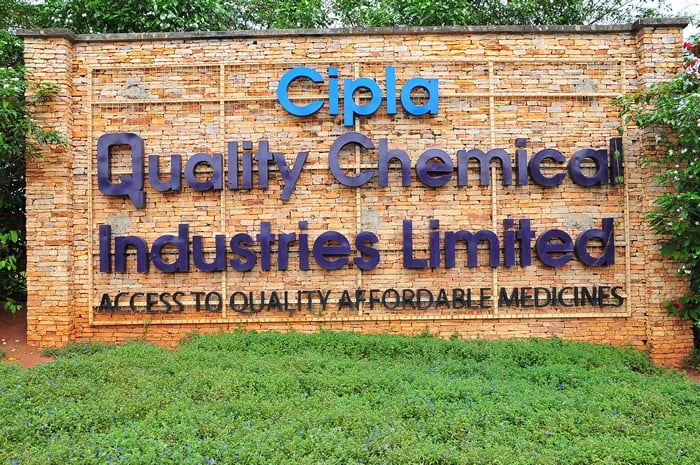Prime
Debt recovery due to Zambia lifts Cipla’s profitability

Cipla is seeking to sustain its profit position after posting losses for about three years. Photo / File
What you need to know:
- The debt recovery from the government of Zambia and a combination of other factors, among them early repayment of debt and a net foreign exchange gain of Shs3.5b, saw Cipla's profit levels grow by 30.4 percent from Shs5.5b
Cipla Quality Chemicals has said the recovery of part of its debt due to Zambian lifted its profit before tax position to Shs22.1b in the first half of the 2022/23 financial year .
During period, Cipla noted, Shs28.2b was recovered from the government of Zambia, reducing its outstanding debt to Shs12.2b from Shs40.4b.
The recovery, and a combination of other factors, among them early repayment of debt and a net foreign exchange gain of Shs3.5b, saw profit levels grow by 30.4 percent from Shs5.5b in the same period in 2022.
During the period, profits after tax grew to Shs13.9b compared to Shs2.8b in the same period in 2022.
However, the company indicated that without the impact of the recovery from Zambia, profit would have been Shs7.1b compared to Shs1.5b, representing a growth of 373.3 percent
Net cash generated from operating activities increased from a deficit of Shs15.5b to a surplus of Shs26.2b, mainly due to profitable operations and part recovery from the government of Zambia while gross profits increased from 23.3 percent to 30.4 percent due to reduced cost of production, following successful raw material price negotiations and improved factory efficiencies.
Local orders increased to 78.3 percent from 64.7 percent, while Shs9.4b was provisioned for some potential risks on existing receivables.
The performance results cover the six months ended September.
Cipla also noted that during the period, revenues declined slightly by 3.4 percent, falling from Shs124.3b to Shs120b while most customer segments recorded growth, with the biggest leap of about 75.5 percent seen among institutional customer orders.
Local sales grew by 3.9 percent even as the benefit fell due to a drop in contract manufacturing sales of 37.3 percent.
Over the six months, cost of sales reduced to Shs83.5b from Shs95.3b while Shs5.1b was invested in boosting the company’s storage capacity of raw materials and finished goods.
Other capital expenditure went to maintaining factory capacity.
During the period, Cipla’s total assets reduced slightly to Shs219.9b compared to Shs244.6b.
Cipla returned to profitability after posting losses for about three consecutive years, following its listing on the Uganda Securities Exchange.
However, the loss had been blamed on failure to recover a longstanding debt due to the government of Zambia.




